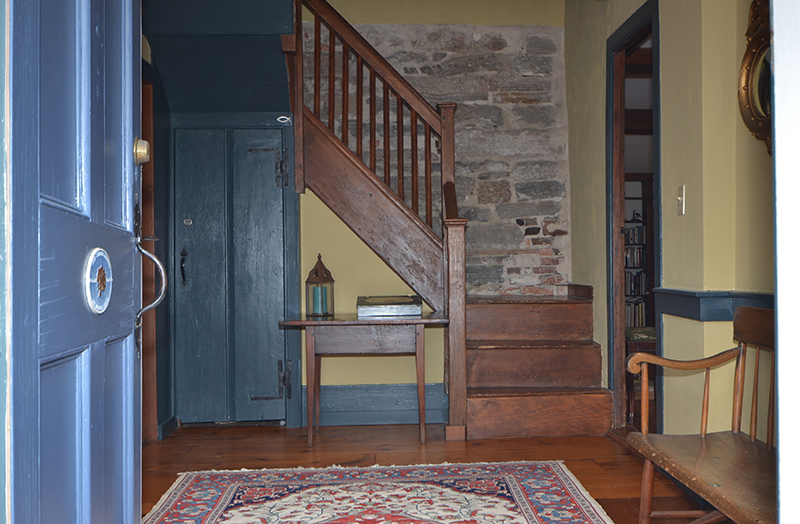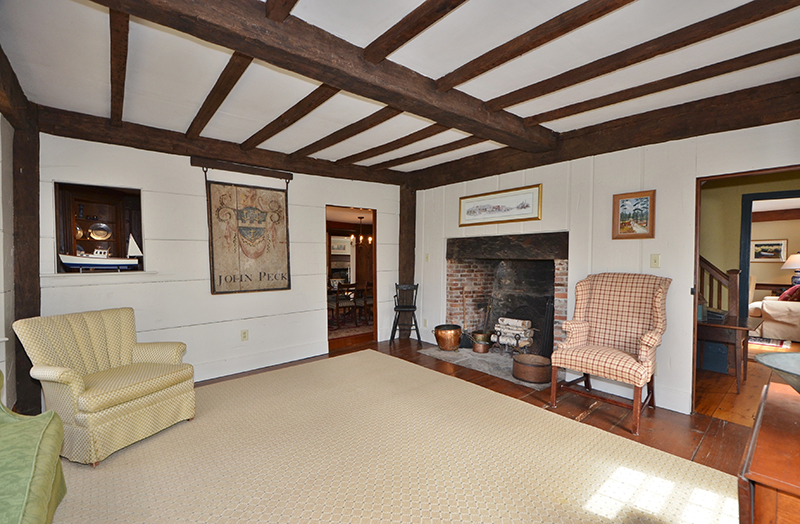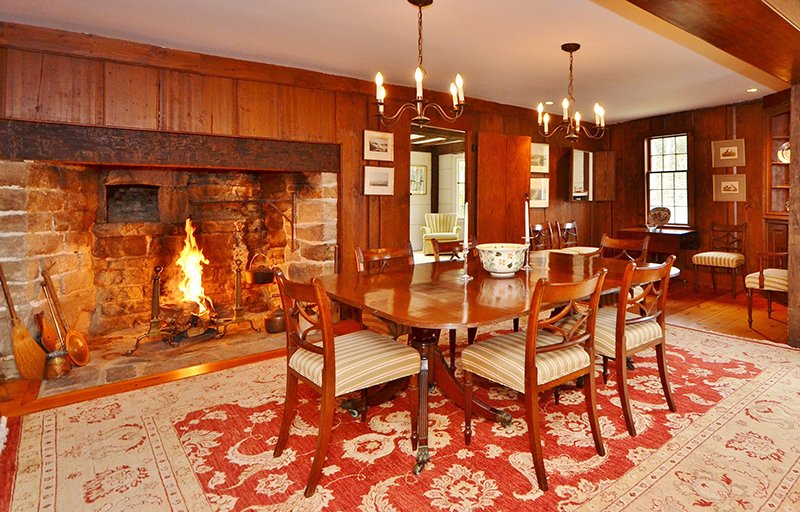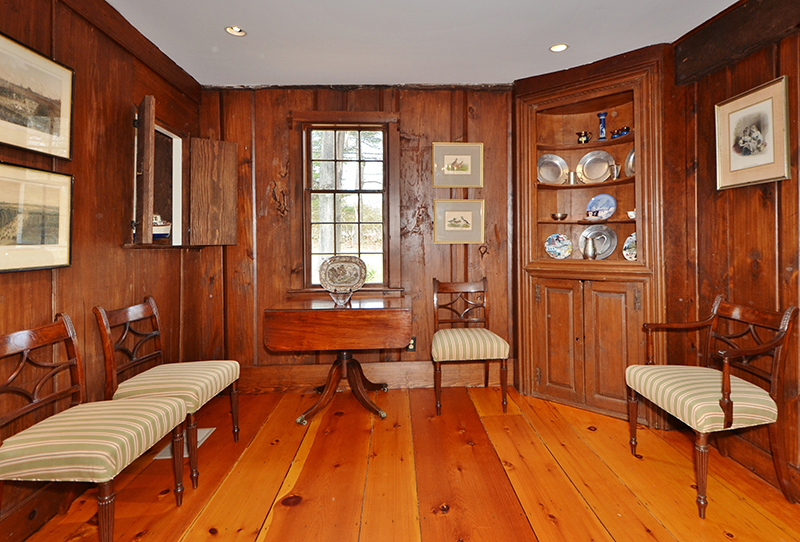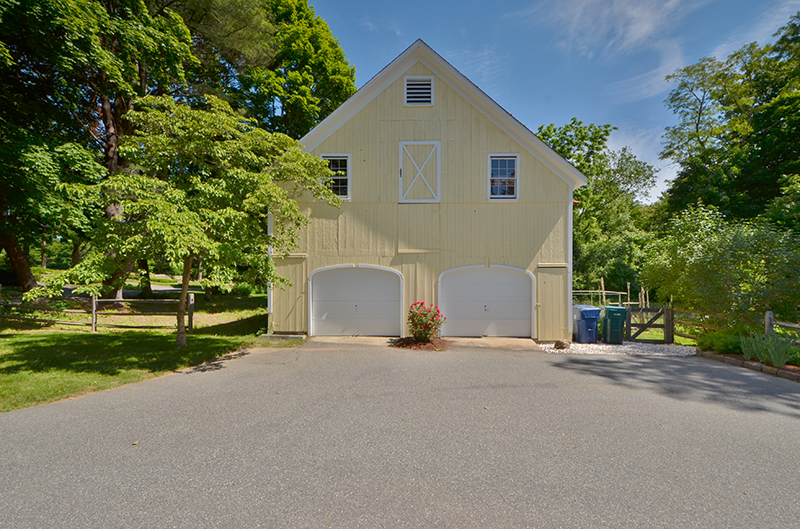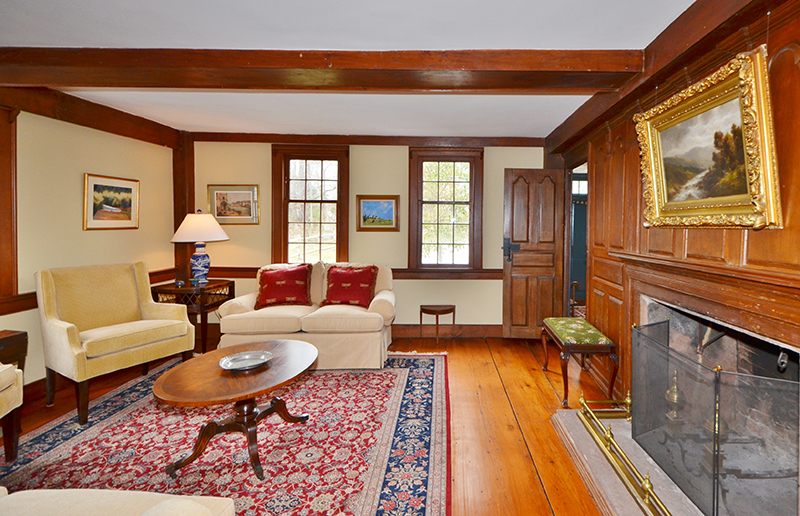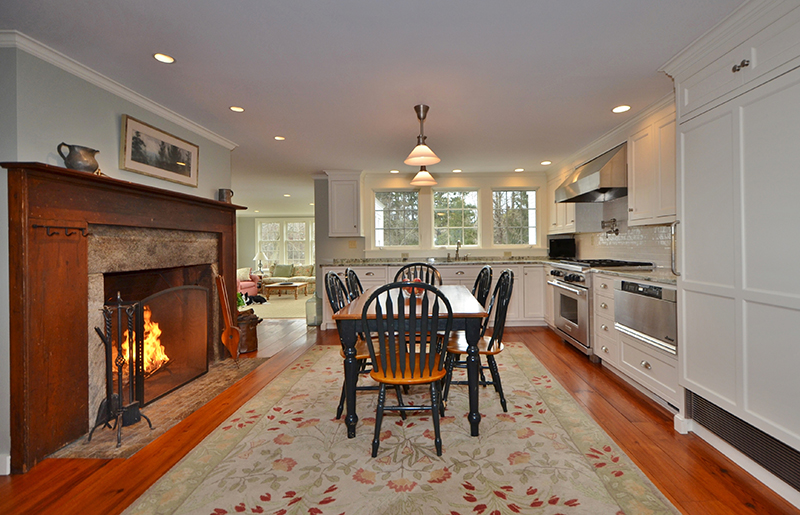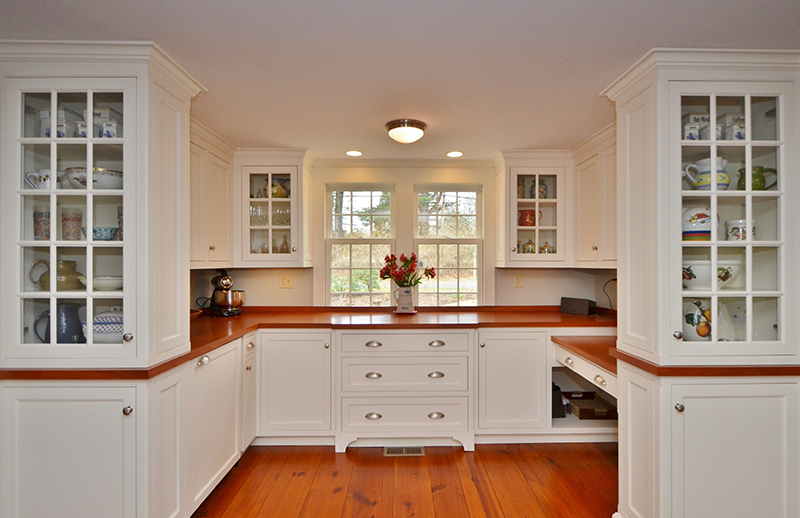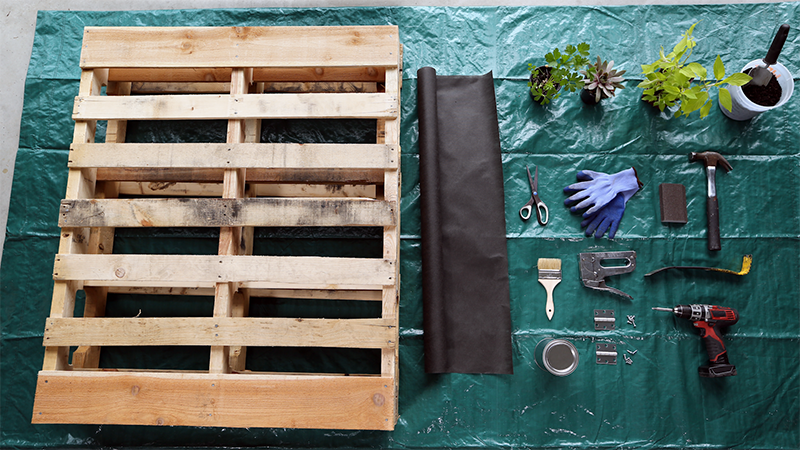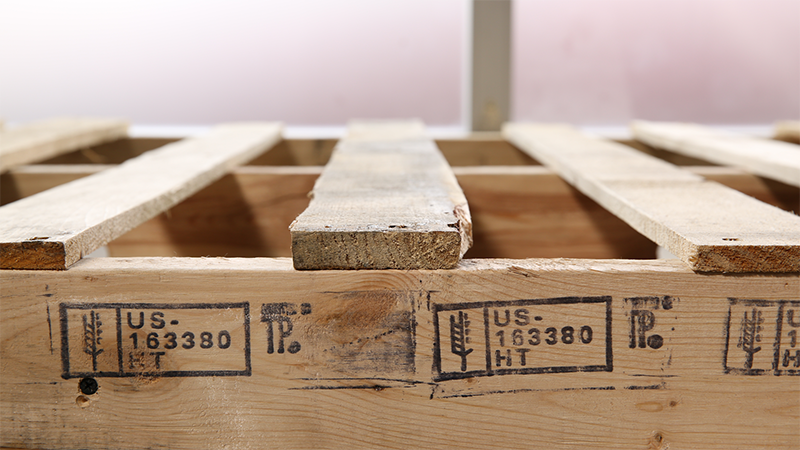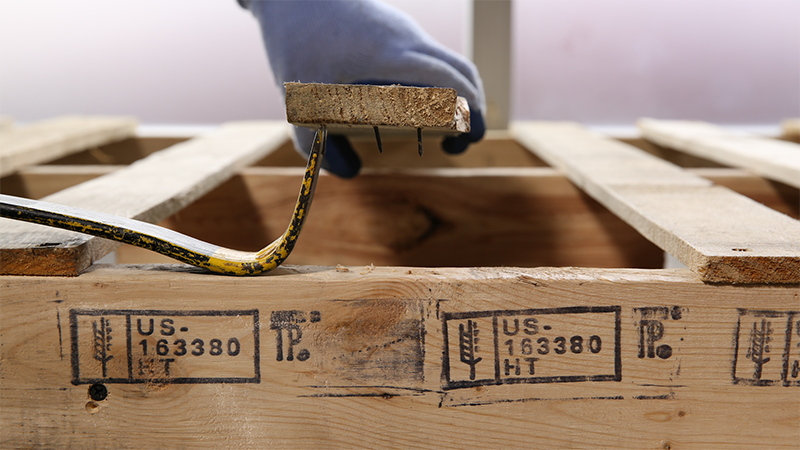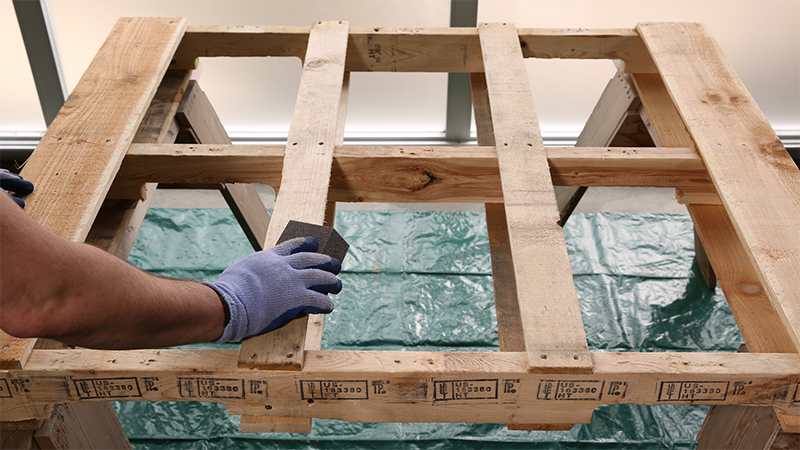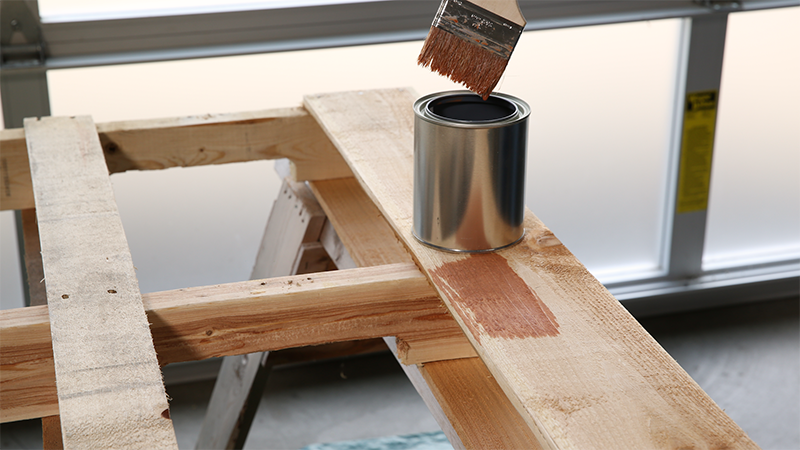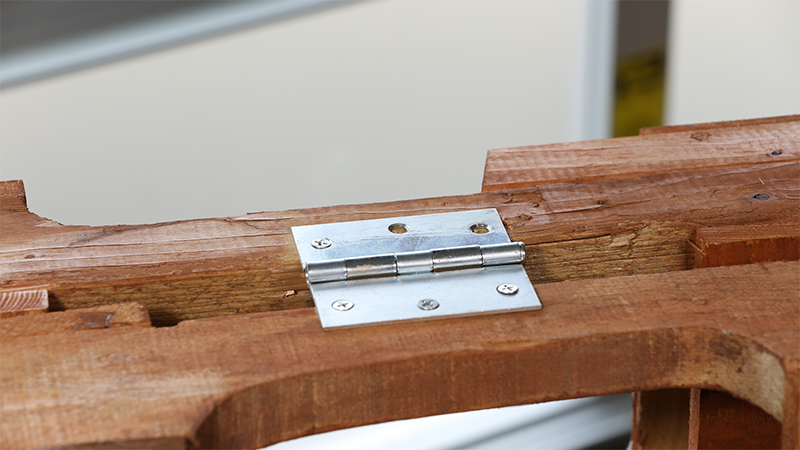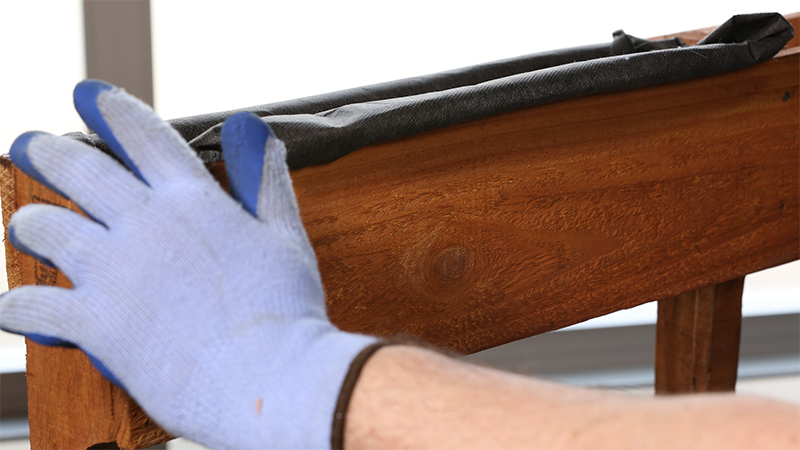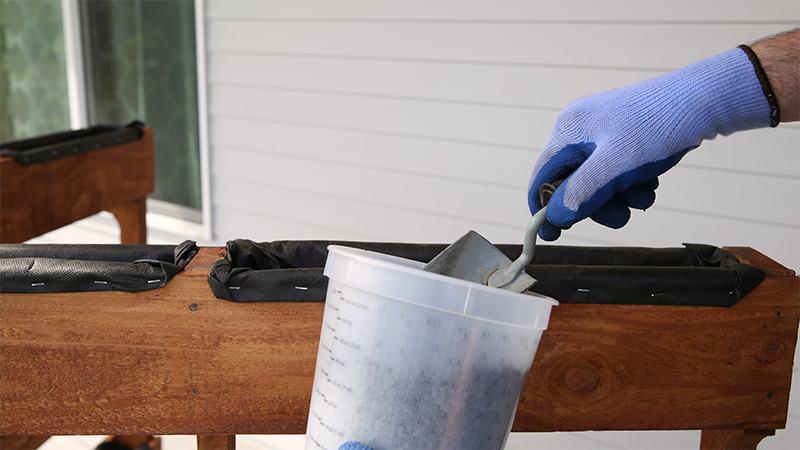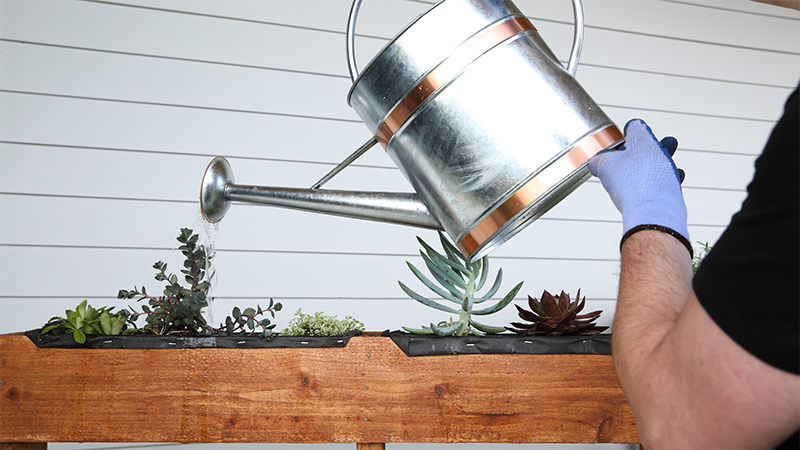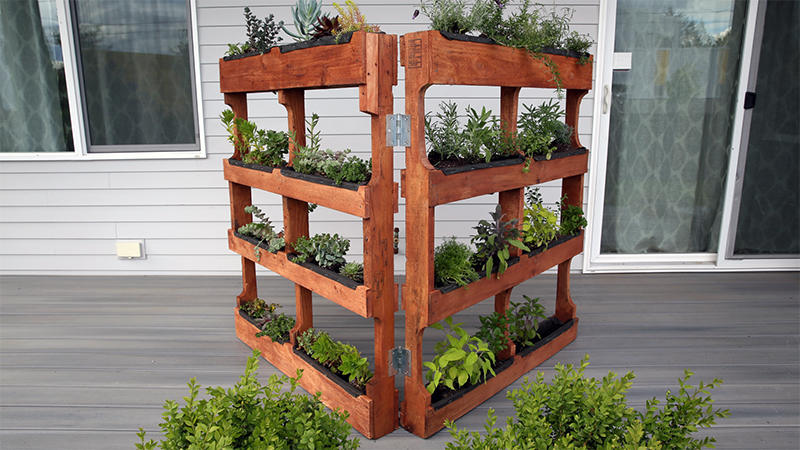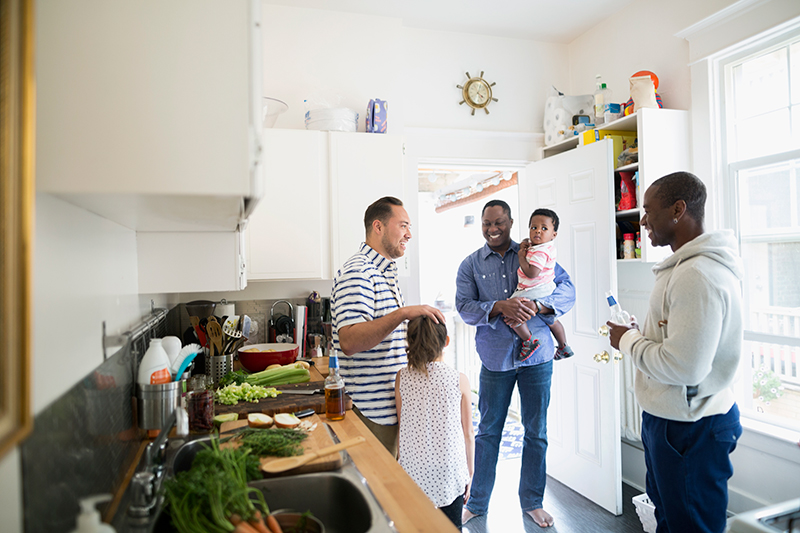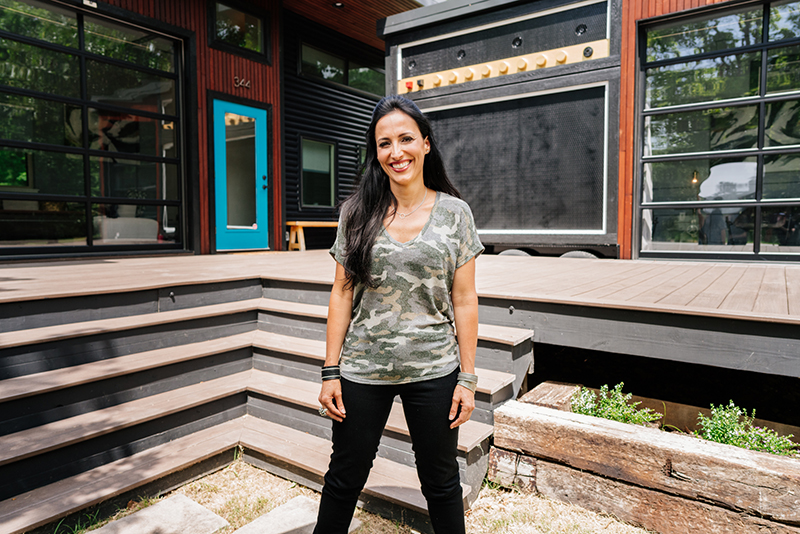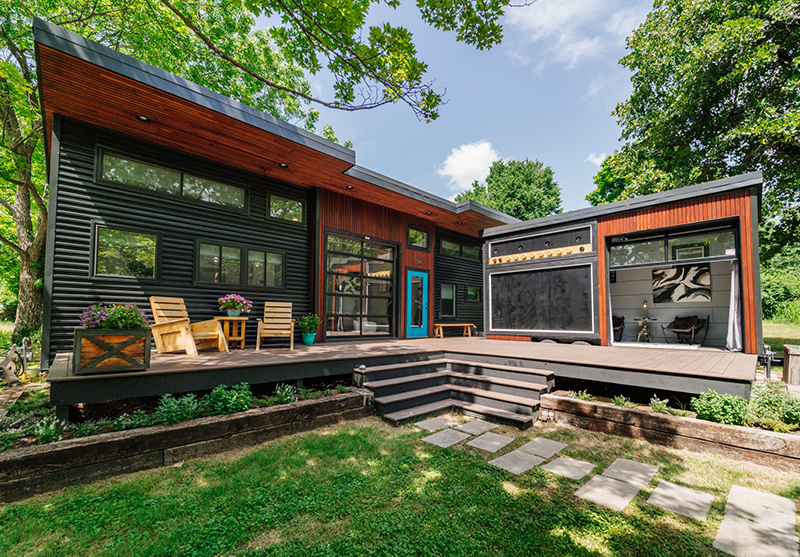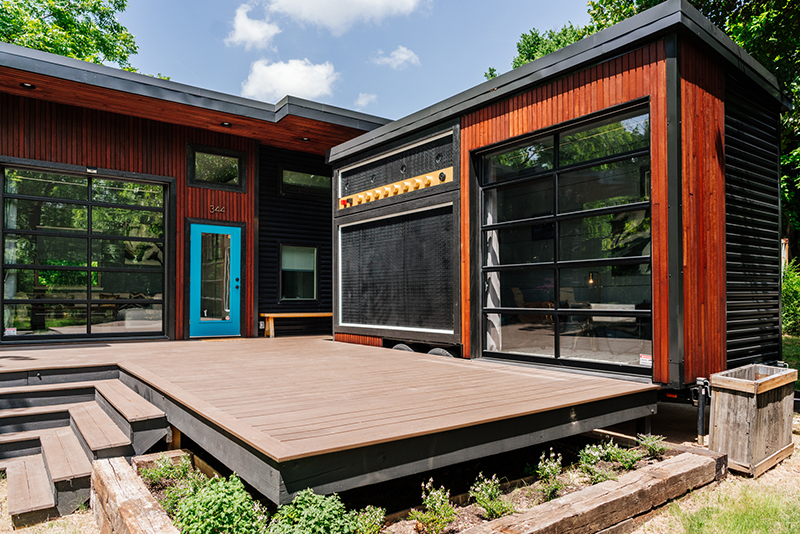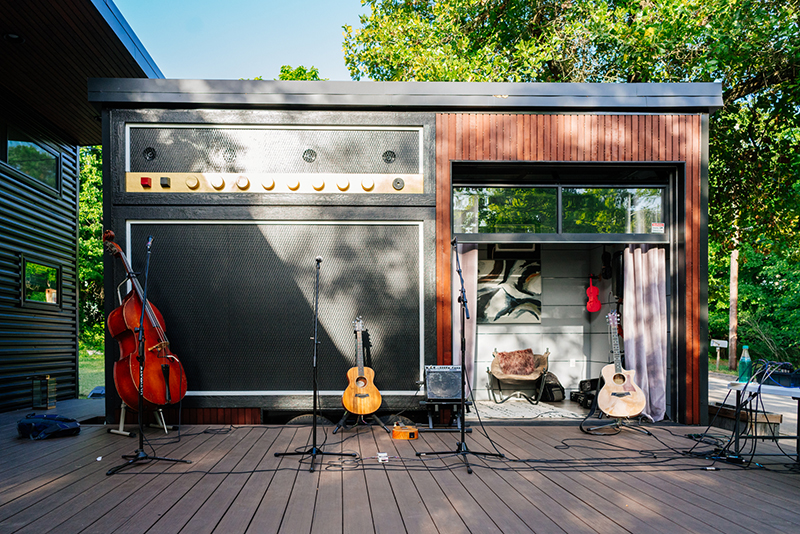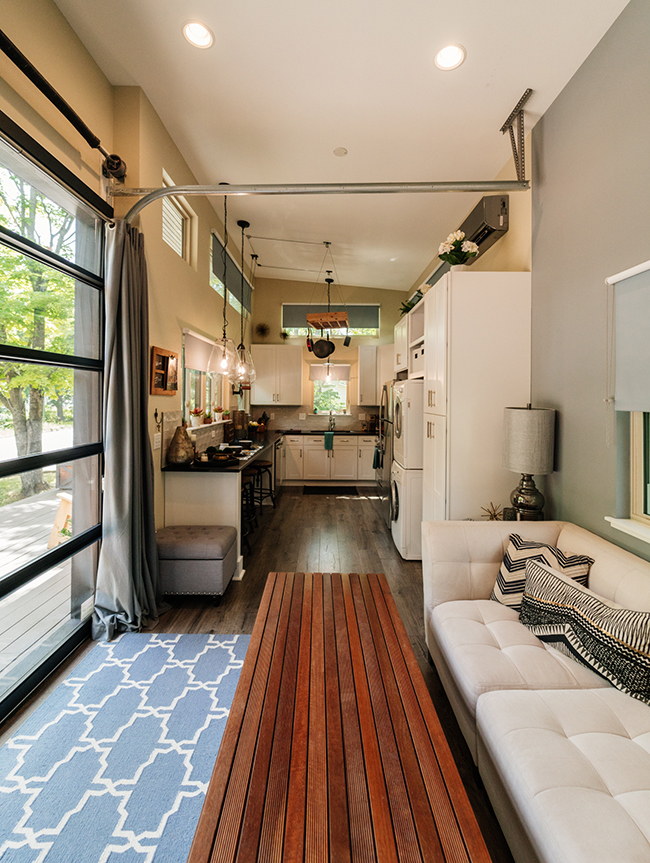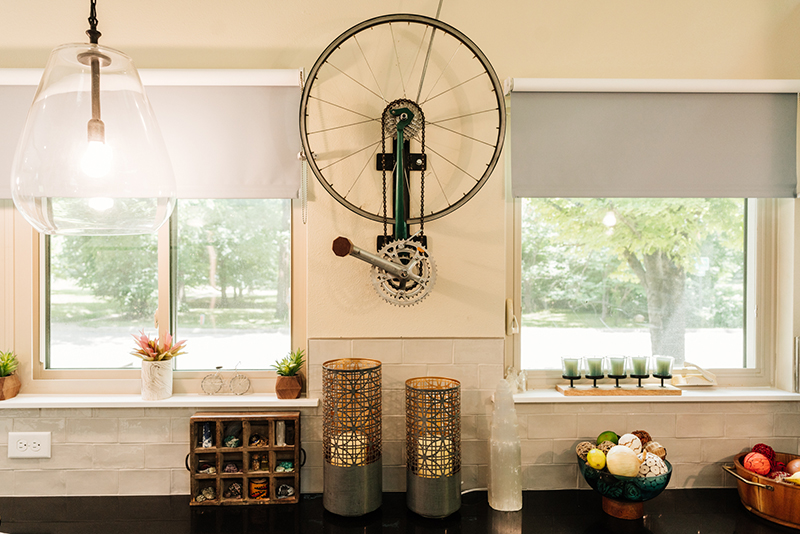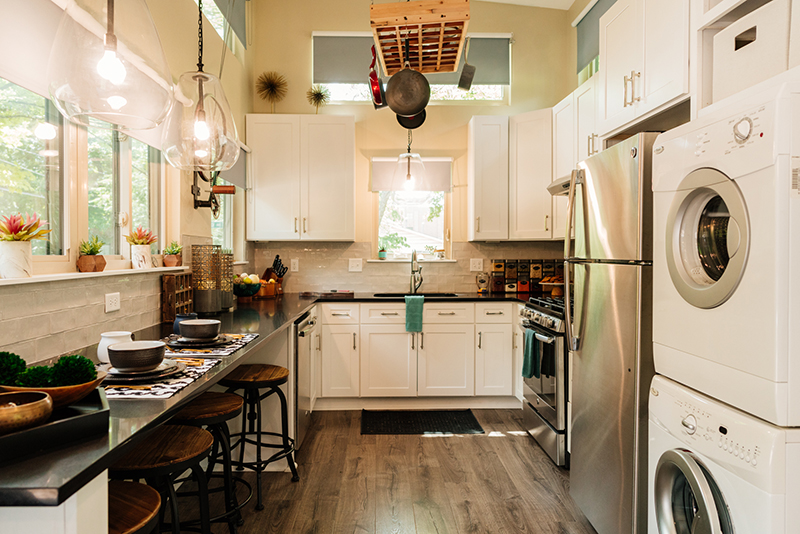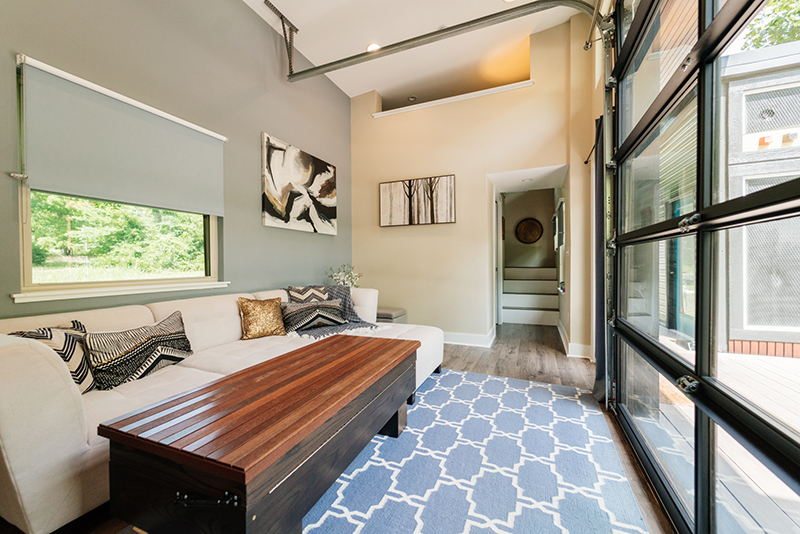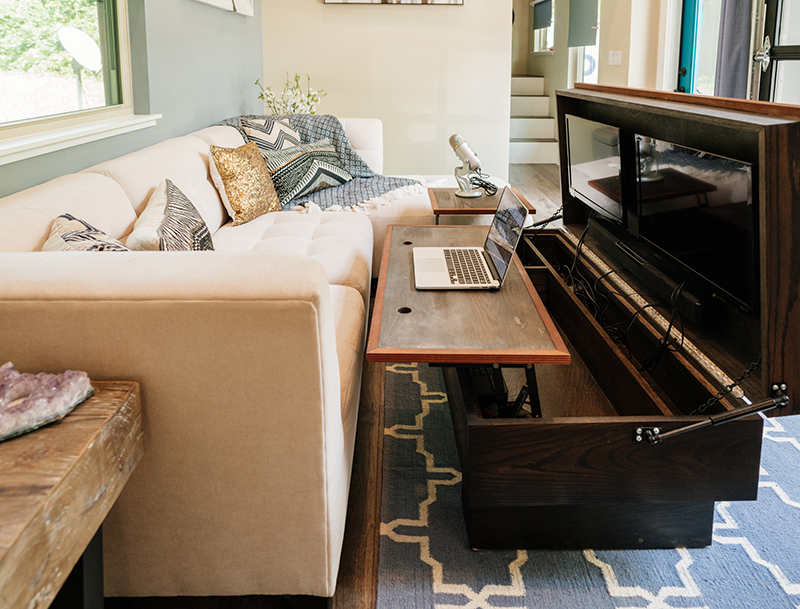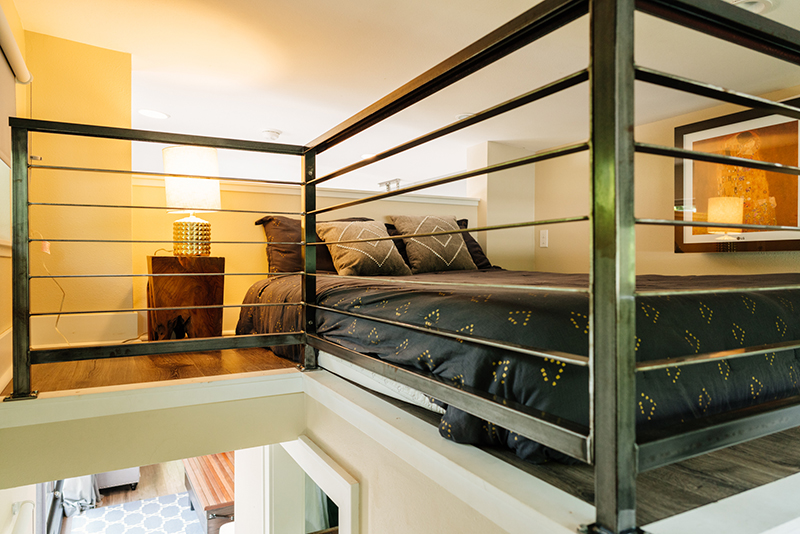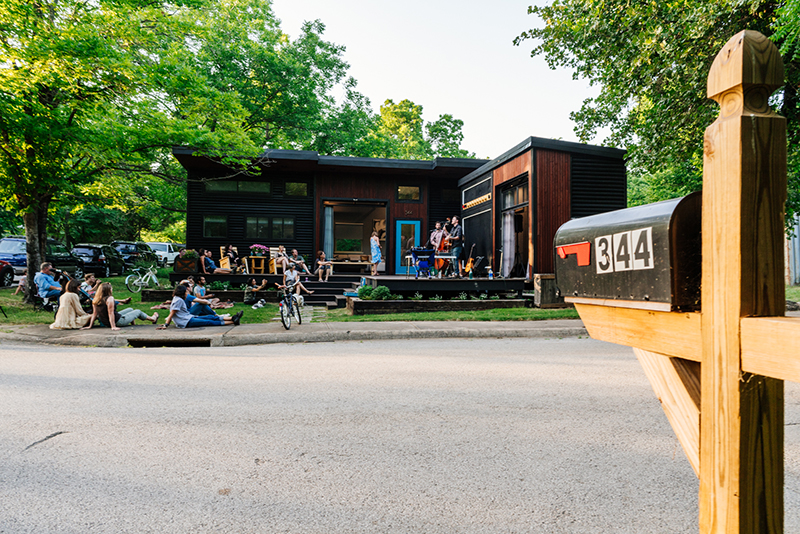If you're a parent, buying or renting a new home isn't just about where you'll tuck the kids into bed at night - it's also about where you'll send them off to school in the morning.
So, how can you be sure your dream house feeds into your child's dream school? You're going to have to do some homework.
1. Go beyond the numbers
Every state's education department publishes an online "report card" for each district and school. But just as you wouldn't buy a house based solely on square footage or listing photos, you shouldn't select a school just for its test scores and teacher-to-student ratios.
Dr. Steve McCammon, chief operating officer at Schlechty Center, a nonprofit that helps school districts improve student engagement and learning, cautions that most reported test scores are for English and math. They don't provide insight into arts or music programs or how well a school teaches critical thinking skills.
The right school isn't something you can determine based on any statistics, numbers or even reputation, says Andrew Rotherham, co-founder of Bellwether Education Partners and writer for the Eduwonk blog.
"Don't go where the highest test scores are or where everybody else says you should go," he says. "Different kids want different things. Go to the school that fits your kid."
Adds Rotherham: "The most important things are what does your kid need and what does the school do to meet those needs. Whether you're talking public, private or charter, you can find excellence and mediocrity in all of those sectors."
2. Take a school tour
Just as you'd look around potential homes before signing a contract, you'll want to do the same with potential schools. Call and arrange to tour the school and observe.
"Be suspicious of any school that isn't into letting you visit," says Rotherham. Some schools may say visitors are too disruptive, but he calls that a cop-out. "With some fairly basic norms, you can have parents and other visitors around without disrupting learning."
Sit in on a class or two and take notes. You want to see students who are genuinely engaged, not wasting time or bored. It's OK for a classroom to have lots of talk and movement if it's all directed toward a learning goal.
Schools should be relatively noisy places. McCammon says, "If you go into a middle school, and you hear no noises, I would be concerned that the principal is more interested in keeping order than in making sure kids are learning."
Observe how teachers and administrators interact with the students and vice versa. Do they display mutual respect? "You don't need to be an education expert," says Rotherham.
See if student work is on display. "A good school is a school where, regardless of grade level, student work is everywhere," McCammon says. "It means that place is about kids and their work."
Talk to kids, too - they're the subject matter experts on their school. And if you have friends with kids in schools you're considering, ask them what they like and don't like about their schools. Kids won't try to feed you a line. "They're pretty unfiltered," Rotherham says.
Check out the physical space, suggests National PTA President Jim Accomando. However, don't get caught up on the building's age and overlook the quality of the programs going on inside.
Look for signs that the school community takes pride in the facility. It might not be pristine, but trash on the floors or signs of rampant vandalism are red flags. If you see something that seems off or odd, ask if there's a plan to address it.
3. Check out the community
Go to a school board meeting for clues about the district. Are parents there because their children are being honored or their work is being showcased? Or are they there because of a problem? Likewise, attend a PTA or PTO meeting, and chat with the parents there. They are likely the most involved "outsiders" and can share school challenges and successes.
Another consideration: the makeup of the students. Chances are, if you opt for a neighborhood school, you'll find a certain similarity between your kids and their classmates, because there are probably a lot of similarities between you and your neighbors. But a school that has a diverse student body offers a big benefit.
"We live in a diverse society," Rotherham says. "If you want to prepare your kids for what their lives are going to be like in this country going forward, it's important for them to have experience with diverse groups."
Even if your child's school isn't particularly diverse, avenues like sports and music give them a chance to interact with students from different backgrounds.

4. Think long term
Today's first-grader will be heading to middle school before you know it. Unless you plan on moving relatively soon, be aware of the middle and high schools in your district.
"If you pick a house because you love the elementary school, you'd better be psyched by the middle school and high school," Rotherham says. "Or have some kind of a plan" for post-elementary years.
Of course, there is such a thing as planning too far ahead. The music prodigy wowing your friends at her third-grade recorder performance may decide she hates band and wants to focus on soccer by the time she hits middle school. Rest assured: If upper-level schools in your prospective district are about kids doing great work, they'll likely be a good fit.
5. Watch for boundary issues
Pay attention to the boundaries of prospective school districts. The houses across the cul-de-sac could be in a different school service area or even a different school district. And boundaries often change. To be sure, call the school district and give them the specific address you're interested in.
Don't assume you can fudge an address or get a waiver to enroll your children in a school or a district that doesn't match your address. Things that were allowed last year may not be this year. If an individual school or district is at capacity, they will get very picky about enrollment outside of the school assigned to your home, which can lead to heartbreak if you find yourself on the wrong side of that boundary line.
6. Look for a place where you feel welcome
Whatever involvement you put into your child's school will pay off, says Accomando. "If you can be engaged at school, you will understand the pulse of what's happening there."
He also says that doesn't mean getting sucked into a huge commitment. "You can read in your child's first-grade class. You can hand out water at a fun run or contribute something for a teacher appreciation party at the high school. And when you do, walk the halls and see what's happening."
McCammon says good schools should welcome parents as volunteers and visitors. "Look for evidence of parents feeling comfortable and engaging with the school," he says. The principal should be someone you feel comfortable talking with if there's a problem.
No matter how welcoming the school, it's natural to have some butterflies on the first day in a new school. Just as it takes time for a new house to feel like home, it takes time for kids to settle into a new school.
Once they've found their way to the restroom without asking directions, made some friends and gotten to know their teacher, they'll be comfortable with their new learning home. And your research will have been well worth the effort.
Photos courtesy of Shutterstock.
Related:
Originally published January 17, 2018.
via Zillow Porchlight https://ift.tt/2Dlqp7W
